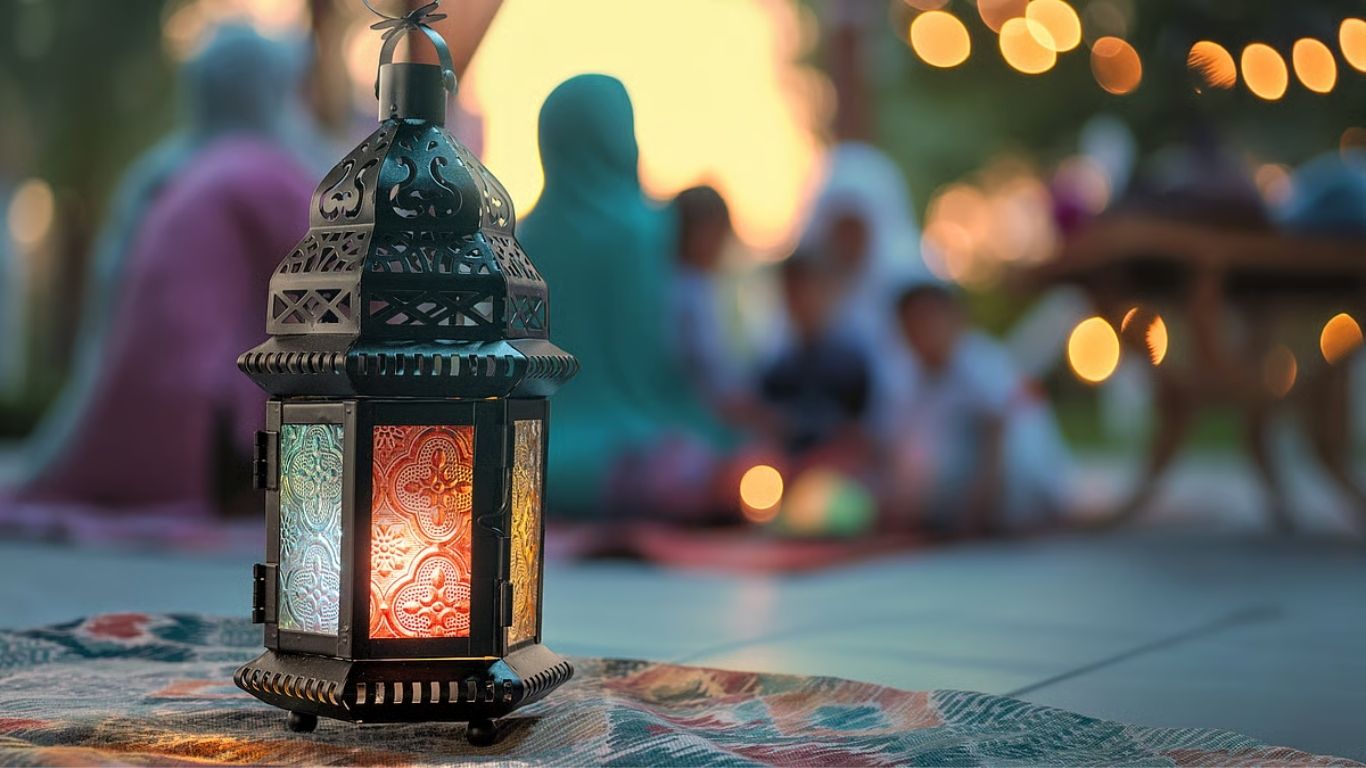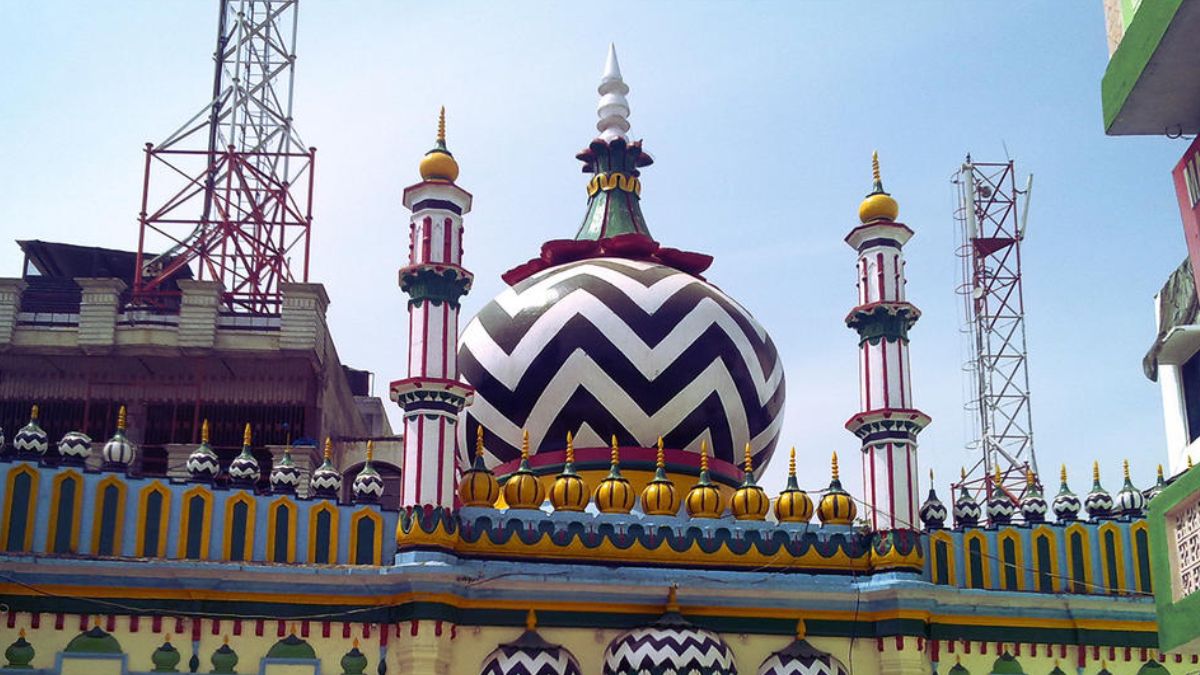The death of Pope Francis in 2025 marked the end of a papacy defined by humility, reformist zeal, and a compassionate outreach to the marginalized. As the Roman Catholic Church enters sede vacante, the world turns its eyes to the Sistine Chapel, where 120 cardinal electors will soon gather in solemn secrecy to select his successor. The stakes are immense. This isn’t just about appointing a religious figurehead it’s about choosing a moral compass for over 1.3 billion Catholics and a global voice for peace, justice, and the future of faith in a secular age.
The next pope will inherit the delicate balance between tradition and transformation. From the tensions over priestly celibacy and women’s roles in the Church, to navigating scandals, the climate crisis, and interfaith dialogue, the new pontiff’s stance will shape not just doctrine, but the Church’s soul. Therefore, speculation around who might wear the white cassock next is not just ecclesiastical curiosity it’s a matter of worldwide consequence.
Prominent Cardinals Who May Shape the Church’s Future:
Several high-ranking cardinals have been identified as likely contenders:
◼Cardinal Peter Turkson (Ghana):Known for his environmental and social advocacy, Turkson is often cited as a strong voice for the Global South.
◼Cardinal Matteo Zuppi (Italy):A moderate with a pastoral style similar to Pope Francis, Zuppi is respected for his mediation work and deep theological grounding.
◼Cardinal Luis Antonio Tagle (Philippines):Charismatic and popular among youth, Tagle’s global perspective and experience in the Vatican make him a strong candidate.
◼Cardinal Christoph Schönborn (Austria): Theologically conservative but pastorally sensitive, he could be a compromise choice appealing across factions.
◼Cardinal Jean-Claude Hollerich (Luxembourg): Known for his progressive views on Church doctrine, his election would signal a bold continuation of reform.
The Quiet Front-Runners:
Though Vatican experts agree there is no clear front-runner, several names consistently rise to the surface each reflecting a different vision for the future. Cardinal Pietro Parolin, the Vatican Secretary of State, is often mentioned as a continuity candidate. With his diplomatic prowess and intimate understanding of Vatican machinery, Parolin would be a stabilizing choice for those wary of upheaval. His election would suggest a Church focused on preserving Francis’ legacy, particularly its emphasis on global diplomacy and quiet reform.
Another notable contender is Cardinal Luis Antonio Tagle of the Philippines, a charismatic figure with wide popularity among younger Catholics and a reputation for theological openness. His potential papacy would signal a dramatic demographic shift toward the Global South, where Catholicism is vibrant and growing. Tagle’s election could underscore the Church’s commitment to compassion, inclusion, and the pastoral over the doctrinal.
For more conservative factions within the College of Cardinals, figures like Cardinal Robert Sarah of Guinea may appeal. Known for his traditionalist positions and liturgical orthodoxy, Sarah’s ascendance would likely rein in some of the reforms introduced under Francis, possibly returning the Church to a more hierarchical and dogmatic model. His leadership would represent a stark pivot a reassertion of theological clarity in an age many see as morally confused.
The Ideological Directions That Divide the Conclave
Beyond personalities, the conclave is ultimately a battle of ideas. Should the Church double down on social justice, environmental stewardship, and interreligious harmony? Or should it re-anchor itself in a more rigid defense of tradition, orthodoxy, and moral absolutism? The cardinals are not just weighing résumés they’re discerning spiritual trajectories, and their choice will reveal which tensions they believe can no longer be held in balance.
One axis of contention is between pastoral care and doctrinal clarity. Francis emphasized mercy over judgment, openness over exclusion yet critics argue that in doing so, he blurred moral lines. The next pope may be asked to restore sharper definitions, or, alternatively, to push the Church even further into a model of listening and accompaniment. Either way, the conclave will reveal how deep the consensus or division runs among the cardinals.
There’s also the geopolitical question. As Catholicism continues to decline in Europe but flourish in Africa, Asia, and Latin America, the geographic origin of the next pope could reflect a new era of representation. Will the Church return to a European leader, or embrace the voices of the Global South? The answer will say much about the Church’s priorities in this century and its vision for the world.
Why This Papal Election Matters Beyond Catholic Walls
As the College of Cardinals prepares to vote, Catholics and non-Catholics alike await the white smoke that will signal a new pontiff. In an age of political cynicism, moral ambiguity, and global unrest, the figure chosen to step onto the balcony of St. Peter’s Basilica will carry enormous symbolic weight. He will be asked to comfort the faithful, challenge the powerful, and inspire the doubting.
The conclave, then, is not merely a ritual. It is the search for a shepherd who must lead a fractured flock across uncertain terrain. Whether reformist or traditionalist, European or non-European, charismatic or contemplative the next pope will not only shape the future of Catholicism, but perhaps offer a new voice of conscience in a world desperate for moral clarity.




